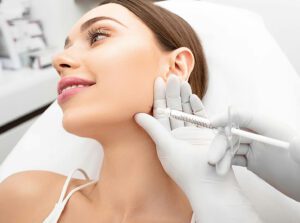Did you know that your body has a natural ability to heal itself from within? Unfortunately, as you grow older, the natural aging process diminishes your body’s ability to repair or renew itself. And sadly, the skin, especially on the face, is among the first to show the visible changes associated with aging as a result.
This is where wrinkle relaxers or dermal fillers come in! Despite the fact that there is a clear distinction between the two, people often get them mixed up and even consider them the same, but that’s not exactly the case.
This article aims to distinguish between wrinkle relaxers and dermal fillers – and help you choose the right one for you!
Wrinkle Relaxers And Dermal Fillers: What’s The Difference Between These Injectables?
Both wrinkle relaxers and dermal fillers are injectables that help reduce visible signs of aging. Wrinkle relaxers temporarily paralyze facial muscles to soften the appearance of fine lines and wrinkles, while dermal fillers restore lost volume to different parts of the face.

For example, Botox® and Dysport® can improve the appearance of dynamic wrinkles while dermal fillers such as Juvederm® and Restylane® plump and help fill out static wrinkles.
So, what’s the difference between dynamic and static wrinkles?
Dynamic wrinkles – These appear due to the repeated movements of the facial muscles over time. Examples are frown lines (between your eyebrows), crow’s feet (around the eyes), or forehead wrinkles (horizontal lines on your forehead).
Static wrinkles – These remain visible even when your face is at rest. Static wrinkles usually appear due to age-related volume loss or uneven fat distribution. Examples are laugh lines around the mouth and nasolabial folds.
How Injectables Work
Wrinkle Relaxers
Wrinkle relaxers are neuromodulators that smooth out fine lines and wrinkles by temporarily paralyzing the facial muscles. Your brain sends nerve signals to your muscles when you smile, squint or frown. Wrinkle relaxers block these signals, softening the appearance of the resulting dynamic wrinkles
There are different wrinkle relaxers available on the market and they usually contain the botulinum type A toxin. Some common examples of wrinkle relaxers are Botox®, Dysport®, and Xeomin®.
Dermal Fillers
Dermal fillers plump up sagging, aging skin and help smooth out static lines and wrinkles. The most popular ones are made of natural substances like hyaluronic acid (HA), which occur naturally within the body, giving skin that natural-looking and youthful glow.
HA-based dermal fillers also present the following benefits:
- As a naturally-occuring substance, HA poses no risk of allergic reactions.
- If you’re not happy about your results, HA fillers can be dissolved easily with hyaluronidase.
The most popular HA-based dermal filler lines are Juvéderm®, Restylane®, and RHA® collection fillers.
- Juvéderm® XC is used to reduce wrinkles and folds around the mouth and nose.
- Juvéderm® Volbella is used to add volume or plump lips.
- Juvéderm® Voluma helps lift and contour the cheeks.
- Restylane® Refyne addresses nasolabial folds.
- Restylane® Kysse also adds volume to the lips.
- RHA® 2 is used to treat moderate wrinkles on your upper face (forehead and glabella).
- RHA® 4 addresses volume loss in cheeks and facial contours.
In conclusion, if you’re looking to reduce the appearance of lines that appear when you make certain facial expressions, wrinkle relaxers would probably be appropriate. However, if you’re looking to address volume loss or deep static wrinkles, it would be best to go for dermal fillers.
Still on the fence about these options? The expert injectors at HL Med Spa, Newark, NJ can guide you through the benefits of each and come up with a treatment plan that’s best for you. Schedule an appointment now to know more about your options



